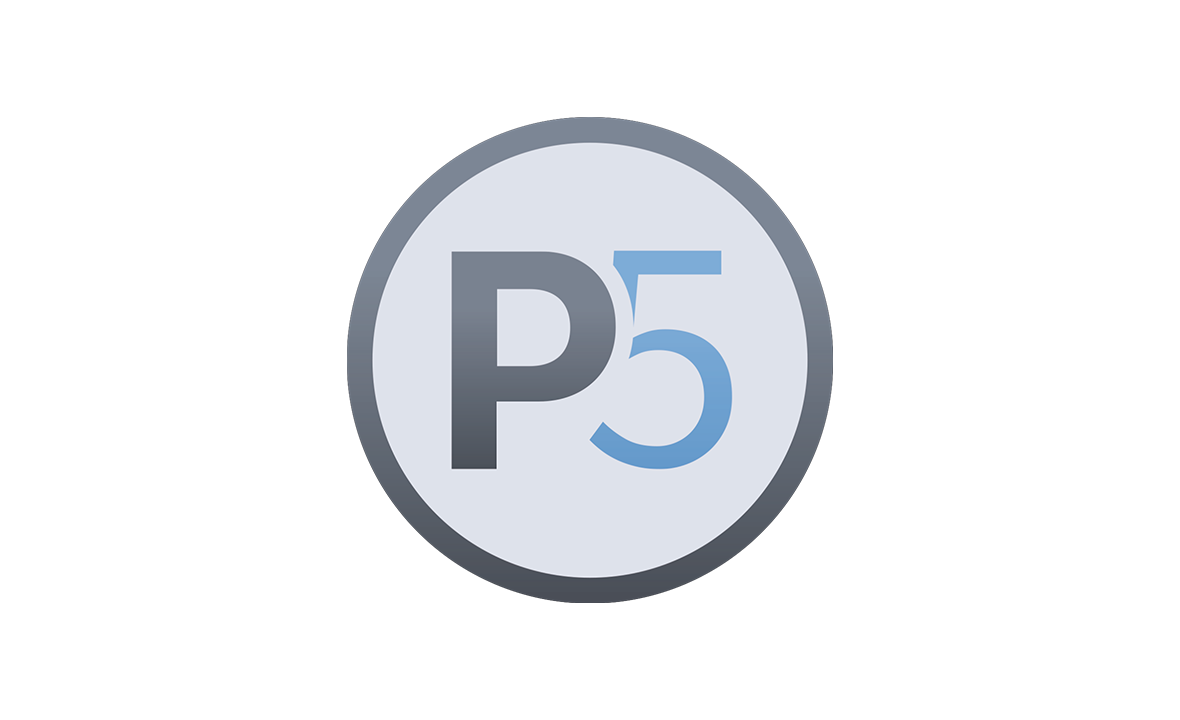Recently I acquired a lightly used older HP Microserver as it was being decommissioned. With that in my possession I looked at projects that I could use an “obsolete” piece of tech like that for. I figured that with the available (usually optical) drive space in the top of the unit that it could fit a half-height LTO drive and enable me to learn about tape archival and the fun that brings. I picked a HP SAS LTO4 drive and 128TB of LTO tape for less than the cost of a single new (shucked) 4TB drive. The reason that this is as cheap is because it is all used enterprise equipment that is past its useful lifespan for its original role.
I had a licence for Windows 10 that would install on it and tried that with z-dbackup as that looked to be a software solution that matched what I wanted to do with it closely. I paid for it but their licensing did not produce a key that I could use to enable it past the trial period for the z-datdump portion of the software. Despite spending money to get a licence for the software and leaving a support request on the 16th of April, as of writing this (19th of June), nothing but radio silence from the developer. I went looking for other solutions off the back of this.
My needs were fairly simple. I aim to make an archive of hoarded data that is easily retrievable and an indexing platform that holds metadata about the files stored as well as which tape(s) the data is hoarded to. I looked about at open source as well as closed source options but thankfully fell on P5 just as they were starting an offer because of the current global situation with Covid-19.
P5 has been created as a simple way for primarily media professionals (video production houses, photographers, etc) to store and create an archive that keeps their older work off of their more expensive hot storage solutions. Supplemental cold storage allowing them to keep and monetise work that would otherwise be costing money stored on something like a RAID system or not being archived properly, for example on loose hard drives in a drawer or on a shelf.
Archiware were offering the lightest version of their software completely free of charge to people who applied for it. Seeing as this fit homelab pricing significantly more than its original RRP of £1200 I was convinced to try it. They offered 3 months of support for free which is lovely but hasn’t been used as of yet. It installs on any platform easily. Currently my server is running Ubuntu as a foundation for it from a spare old SSD, with 3 spare 3.5” hard disks as scratch space to stage files before they’re archived onto tape. P5 serves up a web interface that allows management of the software remotely.
The only thing I have to do local to the machine is use an iPhone application to scan the barcodes that were already on the tapes and send that info to my mac when I’m putting the tapes in the drive. I’m sure I should be making bespoke labels for these tapes but quite frankly, the app was on my phone and I’m not going to re-apply stickers to boxes of tapes to make it slightly neater for a small-scale personal project.
LTO4 may be an older technology, but at the moment I’m going through roughly 1 or 2 tapes a week which isn’t a lot considering the storage space I’ve allocated to this project. The real bottleneck in my archival is the internet connection it’s running through. It has to share bandwidth with the rest of my kit at home. It’s been a fun, sometimes exasperating jaunt into obsolete enterprise hardware. I plan on creating quite the archival of data with it. It’ll become useful for myself as well as friends and family.




